The Murie Science and Learning Center (MSLC) funds numerous outreach projects through the Science Education Grant program. These grants help MSLC partner parks pay for science education outreach projects. Funding for the Science Education grant program is provided by Alaska Geographic.
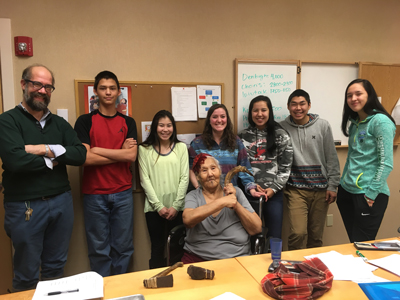
Youth and Elders Explore Kotzebue Artifacts
Elders, National Park Service archaeologists, and high school students met in November to learn about Inupiaq heritage through a collection of artifacts stored at Utuqqanaat Inaat, Kotzebue’s Long Term Care facility for elders. Students used artifact analysis and research techniques to make hypotheses about the artifacts. For example, a curved bone with holes at both ends might have had a string attached and been used as an ice-fishing jig. Elders shared stories about the artifacts from their life experiences, revealing that what students thought was an ice-fishing jig was actually a bow for a drill. Everyone shared laughs over unexplained artifacts. After the final workshop in January, the artifacts will be displayed in ways that feature both student curiosities and the traditional knowledge of our elders.
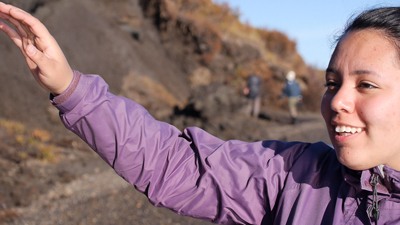
NPS Photo / Stacia Backensto
Stewardship of Cape Krusenstern Lagoons
Arctic lagoons are some of the last naturally-functioning lagoon systems in the world, yet we know very little about them. Krusenstern lagoon is a nursery for many species of birds, and an important area for subsistence harvest of whitefish. Last September, Macy Kenworthy, an Arctic Youth Ambassador from Kotzeube, set out with us to Cape Krusenstern National Monument to help film scientific investigations of local fish communities at Aukulak and Krusenstern lagoons. These lagoons link closely to Macy’s culture and the subsistence traditions and to food security in her community. Macy filmed the scientists with Wildlife Conservation Society as they monitored the health of the lagoons, thereby helping us tell the story of these unique and important environments in the changing Arctic. Videos from this work will be available on Alaska NPS YouTube beginning in March 2017―stay tuned.
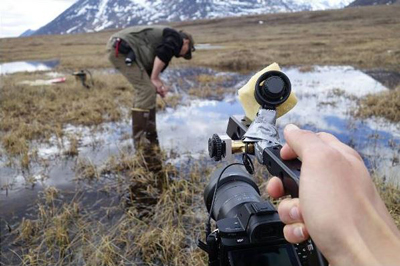
NPS Photo / DevDharm Khalsa
Youth Videographers Capture Alaska BioBlitzes
Over 100 Centennial Bioblitzes were conducted in national parks across the United States in 2016, including five in Alaska: Klondike Gold Rush, Gates of the Arctic, Denali, Bering Land Bridge, and Kenai Fjords. Four Alaskan high school students traveled to these events to take video and assist with species inventories. Afterwards they attended an Alaska Teen Media Institute workshop and developed videos highlighting the species inventory efforts and sharing their journeys of biodiversity discovery. The videos debuted during the Film Festival at the National Park Service’s Centennial Science and Stewardship Symposium in October. Check out this fun video highlighting all of the Alaskan Bioblitzes from 2016!
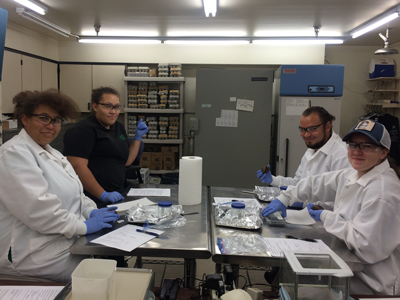
Laddering Students towards Science Careers
This summer, students from Fairbanks and Anchorage headed into parks and laboratories to tackle questions about small mammal and Yellow-billed Loon genetics and contaminants exposures using samples they collected in the field. Mentored by experts from U.S. Geological Survey, U.S. Fish and Wildlife Service, and National Park Service, fourteen students learned about field and laboratory techniques used to answer big scientific questions about small creatures. They created two videos, “Next Generation Scientists,” and “Wildlife Science: Field to Lab,” about their experiences with mentorship from the Alaska Teen Media Institute and NPS Video Information Specialists. In February 2017, they will present one of these videos at the Alaska Forum on the Environment Conference in Anchorage, Alaska.
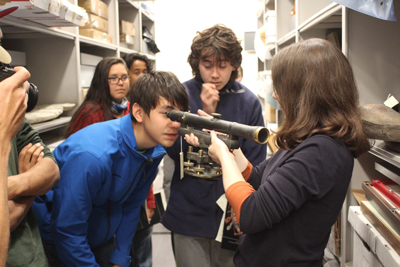
Nome Archaeology Camp
In July of 2016, nine students from seven communities across Alaska traveled to Salmon Lake to take part in the second annual Nome Archaeology Camp. The camp was developed to engage youth in heritage preservation and teach practical skills necessary to study, document, and protect cultural resources. These goals were achieved during the week-long camp based outside of Nome through a series of hands-on activities. Professionals and local experts guided students through archaeological surveys, oral history documentation, natural science immersion, and field trips to cultural centers, museums, and historic sites. Throughout the camp, students expanded their networks of friends and mentors, earned college credit, and were exposed to a variety of educational and career paths.
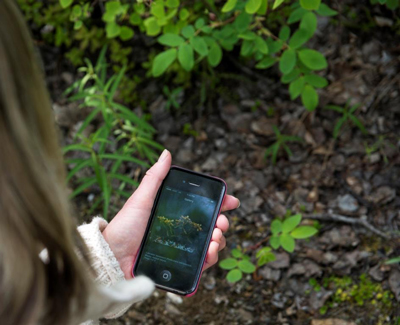
NPS Photo / Claire Abendroth
Flower Finders Unite!
Denali received some help from citizen scientists this year in assessing the impacts of climate change on Denali's flora. PhD student Rebecca Stubbs introduced park plant enthusiasts to new technologies by teaching them to use two plant-finder applications: the DenaliFlora plant identification app and the iNaturalist citizen science app. In response, dozens of people set out on Denali's trails and wilderness areas to seek and document six special flowers. These project participants documented over 150 new locations for the focal species. Stubbs used these data to explore potential plant distributions under various climate change scenarios. Through this project and the associated use of technology, visitors and residents alike were empowered to take greater notice of the park’s fascinating flora.
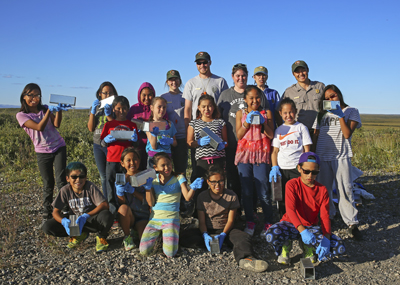
Summer Camps for Inupiaq Eskimo Students
This summer, the Western Arctic National Parklands offered two highly anticipated science camps: Camp Willow in its 8th year, and Kobuk Sand Dunes Science Camp in its 3rd year. Both camps were for underserved Native Alaskan youth ages 10-18. Like previous years, the camps were a great success and continued to grow in popularity. During the camps, students worked alongside park rangers to see exactly what it’s like to be a field biologist. From pitching tents to testing research equipment, we worked to foster the next generation of biologists while creating memories that the students can share for the rest of their lives.
Last updated: January 8, 2018
